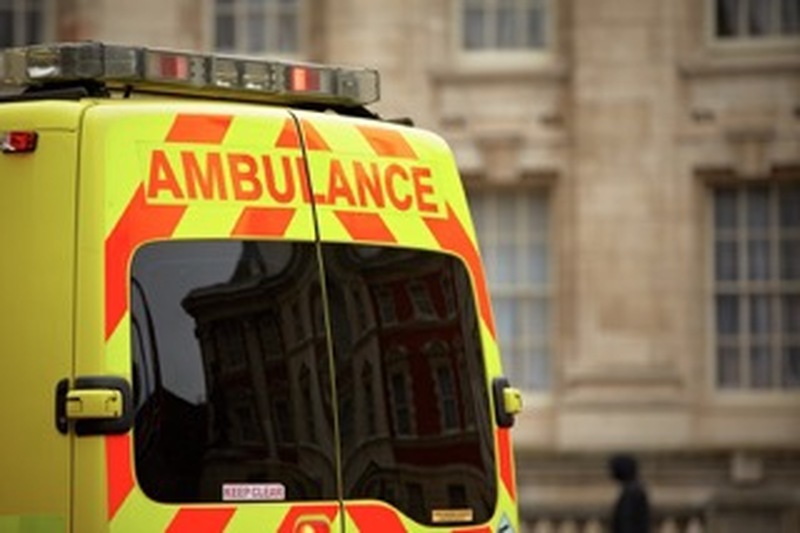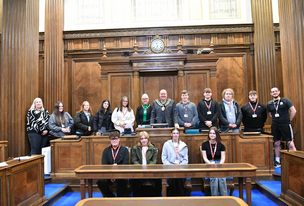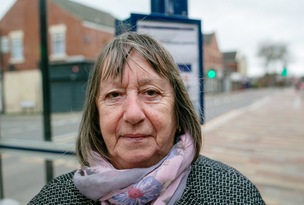JUST over half the people who sought medical assistance at Barnsley Hospital’s accident and emergency department were seen within an NHS-set target of four hours last month.
NHS figures obtained by the Chronicle show there were a total of 8,808 visits to A and E in January and of them, 4,884 were seen within four hours - accounting for 55 per cent of arrivals.
It means the trust fell significantly short of the recovery target and the NHS standard.
A total of 706 patients waited longer than four hours, including one who was delayed by more than 12 hours.
The overall number of attendances to A to E in January was a slight rise from the 8,780 visits recorded during December, and 13 per cent more than the 7,797 patients seen in January 2022.
Sarah Woolnough, chief executive of the health think-tank The King’s Fund, said waiting time standards are being ‘consistently missed’ and Barnsley’s failed to hit the target for years.
She added: “It has been over eight years since the A and E target of 95 per cent of people being seen within four hours has been met nationally.
“There are no quick fixes to this long-term issue.
“The solutions will lie in bolstering out-of-hospital care such as primary, community and social care services, making health and care a more attractive place to build a career, and ramping up efforts to help people live healthier lives.”
Although the NHS standard is for 95 per cent of patients to be seen within four hours, the government announced a two-year plan to stabilise services earlier this year which set a recovery target of 76 per cent of patients being seen within four hours by March 2024.
Across England, 70 per cent of patients were seen within four hours - up slightly from 69 per cent the month before.
Professor Sir Stephen Powis, NHS national medical director, said the NHS is seeing more patients coming forward with ‘complex and severe conditions’.
He added: “The figures demonstrate winter pressures continue to hit the NHS hard, with hundreds more flu patients in hospital every day compared to last year, and challenges discharging patients effecting bed occupancy and the speed at which patients flow through hospitals.”
Separate figures show 21,690 patients were waiting for non-urgent elective operations or treatment at the hospital at the end of December - down slightly from 21,730 in November, but an increase on 19,432 in December 2022.
Of those, 278 had been waiting for longer than a year.
A Department of Health and Social Care spokesperson said: “Cutting waiting lists and A and E times are in the government’s top five priorities.
“We’re determined to continue improving patient care, having already delivered on our promise to create 5,000 extra permanent hospital beds and 10,000 hospital at home beds, freeing up capacity and cutting waiting times.”




























